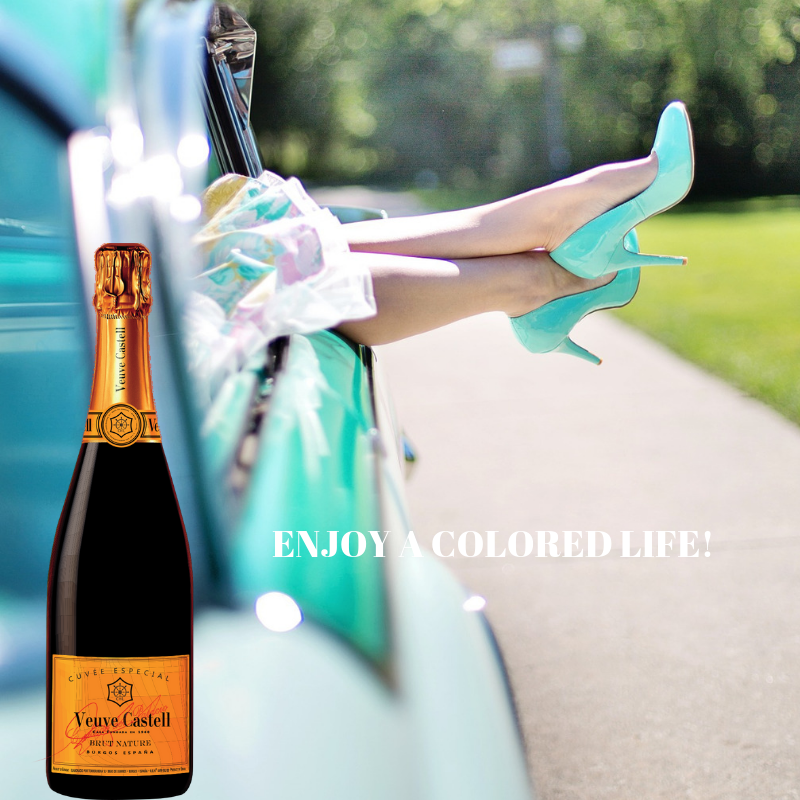How to choose Sparkling wine?
“How much should I be paying? Is it any good? Will people actually like it?” So, whether you love a creamy, toasty style of “bubbly” or like it dry and lean, you’ll be able to find what you’re looking for!
The sweetness in Sparkling wine is unlike sweetness in wine. It comes in the form of a sweetened “dosage” (a mixture of wine and sugar or grape must) that’s added at the end of the second fermentation (the part that makes the bubbles). The dosage is essential because acidity is so high, it would be undrinkable (or like drinking straight lemon juice).
So that you know, most traditional Sparkling wine is produced at a Brut level of sweetness.
There are 3 primary grapes used to make Sparkling wine, and they are Chardonnay, Pinot Noir, and Pinot Meunier. For those in the know, there are also 4 much rarer grapes of Sparkling wine: Arbane, Pinot Blanc, Petite Meslier, and Fromenteau. How these grapes are used (or not used) gives us a clue towards the style. If Sparkling wine doesn’t have a style listed, you can assume that the producer made a blend of all three grapes in a blanc (white) style.
(white of whites) This is a blanc style Sparkling wine made with 100% white grapes. In Sparkling wine, this means the wine is 100% Chardonnay. Blanc de Blancs typically have more lemon and apple-like fruit flavors. There are, of course, a few rare exceptions to this rule with a few very rare grapes (in the same region), including Pinot Blanc, Petite Meslier, and Arbane, but for the most part, Blanc de Blancs is 100% Chardonnay.
(white of blacks) This is a blanc style Sparkling wine made with 100% black grapes. In Sparkling wine, this means some combination of just Pinot Noir and/or Pinot Meunier. Blanc de Noirs typically have more strawberry and white raspberry flavors.
Rosé is the pink style is usually made by blending blanc Sparkling wine with a teensy bit of red Pinot Noir or Pinot Meunier wine. The red wine made for Sparkling wine is very different from Pinot Noir you might think of. Its purpose is to provide pure fruit flavors such as strawberry and raspberry in the taste. Wines are tart, with low tannin and very high acidity. It doesn’t take a lot red wine to make rosé, and several producers use 10% or less Pinot Noir for their rosé Sparkling wine.
One of the least talked about, and the most important factor that plays into the taste of Sparkling wine is how long it’s aged. Aging Sparkling wine on “tirage” (on the lees) gives it more bready, toasty, and nutty aromas – highlights of great Sparkling wine.
The best producers, with the nuttiest wines, are known to age their wines on “tirage” for as long as 5–7 years before release. Even though tirage time is usually not listed, seeing a vintage on the label is a clue.
Non-Vintage: Aged for a minimum of 15 months. Non-vintage (NV) Sparkling wine exists for producers to make a consistent house style each year (regardless of the quality of that year’s harvest). Most NV Sparkling wine is fruitier and less bready than their vintage styles. Vintage: Aged for a minimum of 3 years. On special years when the harvest is particularly good, producers create single-vintage wines. Most opt for a creamy and yeasty style in this aging category.
